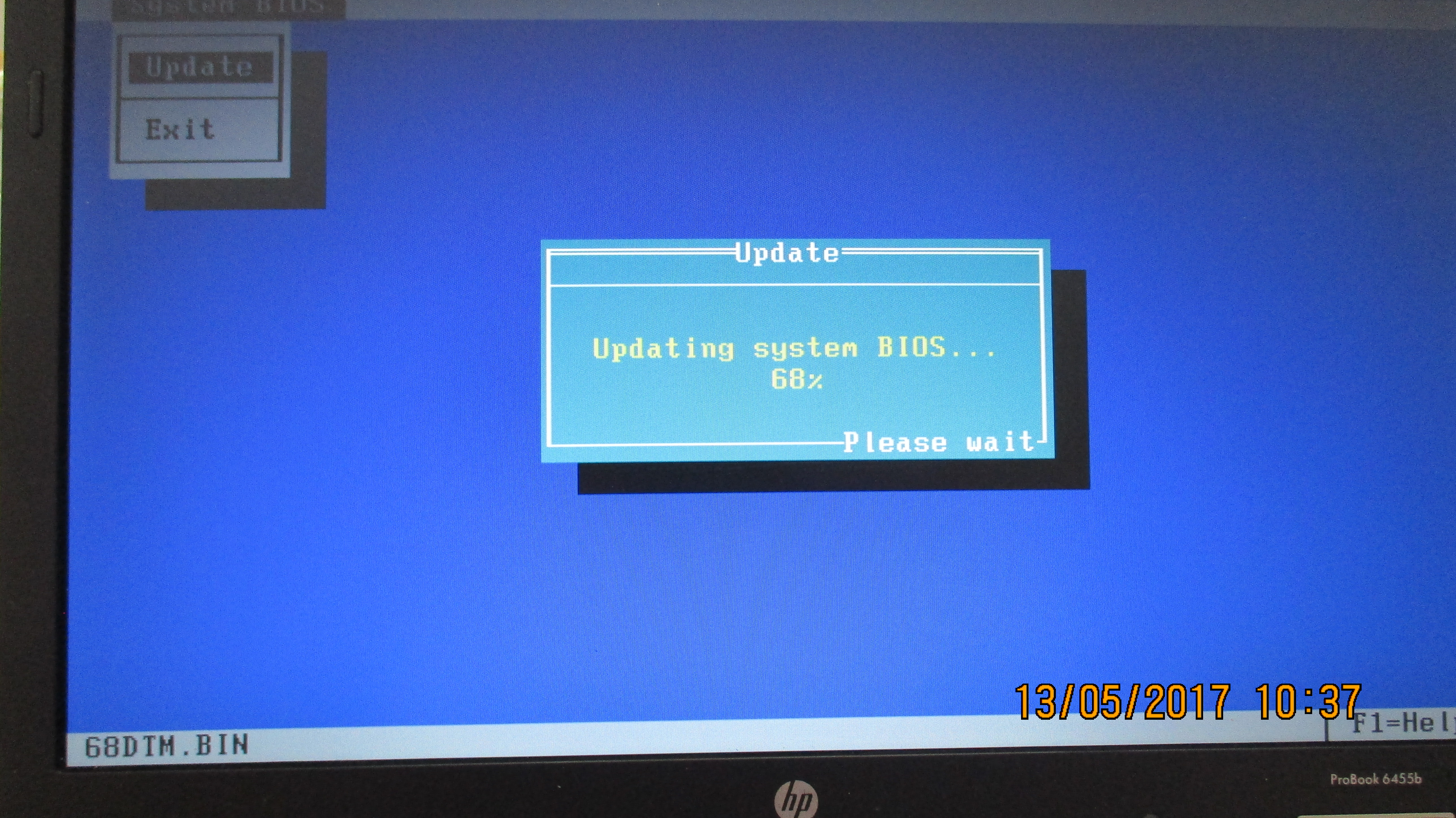

People with SPARC or PowerPC Mac systems with OpenBoot PROM (OBP)/OpenFirmware had already experienced the future many years before. When Unified Extensible Firmware Interface (UEFI) was introduced in the early 2000s, it was designed to replace PC (Basic Input/Output System) BIOS and provide x86 users with something more technologically advanced.
Linux system administration skills assessment. A guide to installing applications on Linux. Download RHEL 9 for free through the Red Hat Developer program. The big caveat or the ten years of advanced warning UEFI gave us This article describes how to move a Linux install from one piece of hardware, in this case, an older laptop, to a newer one. The problem is that it's not as simple as pulling your hard drive from an old system and popping it into a new one and expecting everything to work as desired. But it turns out that's a disaster waiting to happen because of hardware differences between the new and old systems. When I switch systems, I like to take my operating system with me and expect it to boot on the new machine. There are many ways to maintain a system and I usually prefer some investigative debugging rather than wiping and hoping for the best.įor this reason, systems like my work laptop might have started their life a long time ago (Fedora 22 on an i7-based 4th generation laptop) and have by now seen three hardware refreshes, several solid state drive (SSD) upgrades, and many Fedora updates (I currently use Fedora 32). I just don't subscribe to this point of view. 
Some people, often using other platforms, prefer a good once-a-year wipe and reinstall to regain the original speed of their systems.

I find it a complete waste of my time for something that should just update in place. I don't know about you but I don't like to reinstall my operating system.







 0 kommentar(er)
0 kommentar(er)
